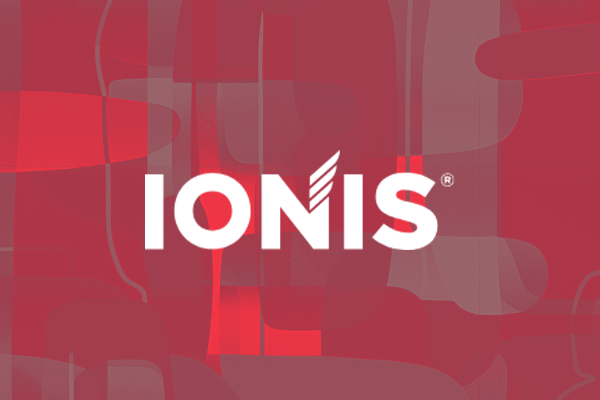
To accelerate the first oral therapy for hereditary angioedema (HAE), KalVista Pharmaceuticals partnered with Certara to strengthen its NDA submission and expand into pediatric populations.
Using advanced population PK, PK/PD, and exposure–response modeling, Certara optimized study designs, supported dosing strategies, and prepared regulatory packages for FDA and EMA review.
The result: a streamlined NDA submission accepted by the FDA, model-based pediatric dosing guidance, and increased regulatory confidence in a breakthrough treatment for this rare swelling disease.
Immunology/hematology
FAQs
How can modeling and simulation accelerate regulatory submissions?
Modeling and simulation allow teams to evaluate virtual populations and predict drug behavior under different scenarios. This approach reduces the need for additional clinical trials, improves study design, and provides regulators with robust, data-driven evidence to support approval decisions.
What are the benefits of partnering with an experienced pharmacometrics and regulatory team like Certara?
Working with a multidisciplinary team ensures scientific rigor, regulatory alignment, and operational efficiency. Certara’s experts integrate modeling, clinical, and regulatory insights to deliver fit-for-purpose analyses and submission-ready documentation that withstand regulatory scrutiny.
What was KalVista’s primary challenge in preparing their NDA submission?
KalVista faced compressed timelines and limited internal pharmacometrics expertise in population pharmacokinetics (PopPK), pharmacokinetics/pharmacodynamics (PKPD), and exposure–response (ER) modeling. They also sought guidance to extend their initial adult indication to pediatric populations.
What type of treatment was KalVista developing?
KalVista was developing a first-in-class oral therapy for hereditary angioedema (HAE)—a rare, potentially life-threatening genetic disorder characterized by unpredictable swelling attacks.
How did Certara support KalVista’s NDA submission?
Certara provided integrated modeling and regulatory support, including:
- PopPK, PKPD, and ER modeling to characterize drug exposure and optimize dosing strategies.
- Preparation of submission-ready documentation for FDA and EMA review.
- Pediatric study design and simulation to enable label expansion.
What specific modeling work did Certara perform?
Certara developed and validated PopPK and PKPD models using Phase 1 and Phase 2 data, conducted HAE dose modeling, and performed exposure–response simulations to refine dosing for both adult and pediatric patients.
What was the overall impact of Certara’s involvement?
- Streamlined NDA submission and faster regulatory acceptance
- Optimized clinical trial design and data collection
- Increased confidence in regulatory review outcomes
- Continued collaboration for ongoing model refinement

View how our pharmacometric experts have helped clients.





